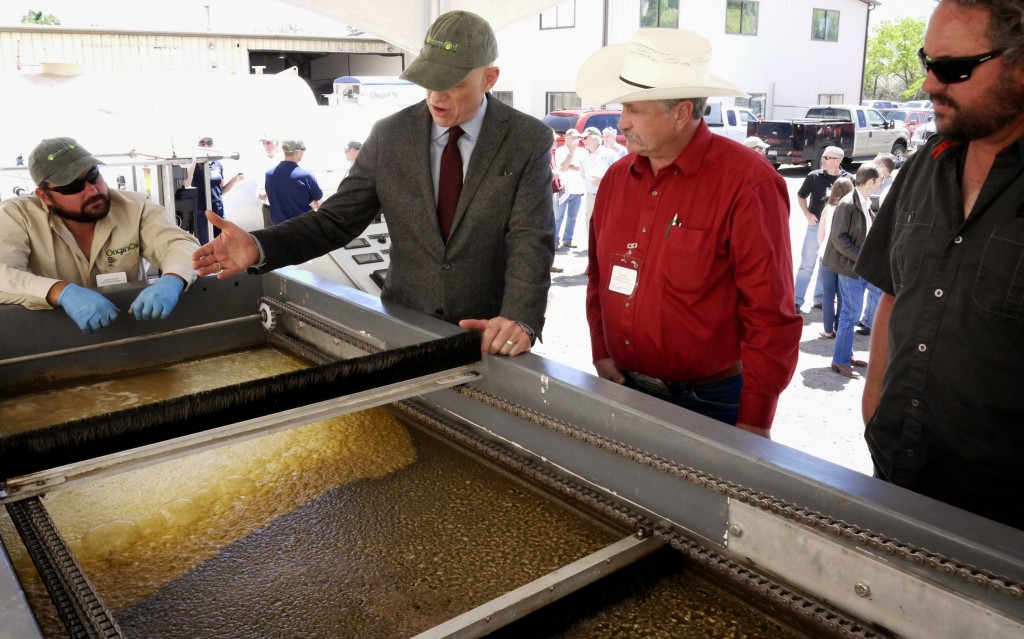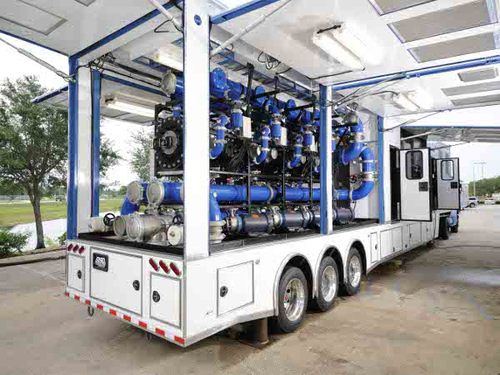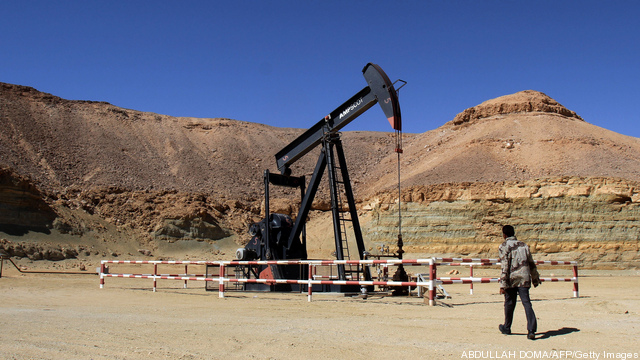This is the latest installment in our Energy Startup Series that gives executives at cutting-edge energy firms an opportunity to share insights and experiences about the energy industry, their careers and their companies. Bill Charneski is president of OriginOil’s oil & gas division, where he has successfully led the deployment of the company’s proprietary Electro Water… Keep reading →
OriginOil
Sign up and get Breaking Energy news in your inbox.
We will never sell or share your information without your consent. See our privacy policy.Cost estimates for various methods of wastewater disposal and recycling vary, depending on both the reservoir in question, and the information source. A seven-well recycling and reuse program using electrocoagulation in Eddy County, New Mexico, substituted over 8 million gallons of produced water for fresh water, and saved $70,000-$100,000 per well in water management costs, according… Keep reading →
While various wastewater recycling technologies have the same ultimate goal – to give drillers a cost-effective means of reusing flowback and produced water – there is no clear consensus on how to achieve it. Some companies use chemicals, others use electrical pulses. Some see removal of solids as mandatory, some see it as costly and… Keep reading →
Wastewater Recycling Part I: Will Drilling and Environmental Goals Align as Cleanup Costs Fall?
By Conway IrwinAs the cost of recycling wastewater falls, it could emerge as the preferred method for addressing many of the water-related environmental concerns surrounding hydraulic fracturing. Hydraulic fracturing generally requires vast amounts of fresh water. Estimates vary widely, but water used for a fracturing job ranges from 40,000 to 60,000 bbls in the Delaware Basin, according… Keep reading →
The ongoing debate over how and whether hydraulic fracturing poses a threat to the environment covers a whole host of issues – land use, earthquakes, drinking water contamination, methane emissions, and even the sustainability of fossil fuel use. While some issues remain mired in a lack of hard data or fundamental philosophical differences, companies… Keep reading →

Developers of new advanced biofuels technologies are evaluating the entire energy production, service and delivery chains for commercial opportunities.
OriginOil’s ambitions are much larger than its small IPO from last year’s registration suggests, and the company claims it has pioneered technology that will revolutionize the service industry for advanced biofuels as Halliburton and Schlumberger had done in the petroleum and petrochemical industries. Keep reading →

Two weeks ago, a Gulfstream G-450 loaded with journalists and executives from Honeywell’s energy division, UOP, departed from Morristown, New Jersey and touched down at Le Bourget Airport after an “utterly unremarkable” flight.
The purpose of the flight, which retraced Charles Lindbergh’s historic 1927 pond crossing, was to prove for the Paris Air Show the viability of the fuel that held them aloft: 50-50 blend of jet fuel and a biofuel derived from camelina, a seed plant. The blend saved 5.5 metric tons of carbon emissions for the flight compared to straight jet fuel, according to the company. (A 747 crossed the Atlantic several days later on a similar biofuel blend.) Keep reading →

This video shows algae, which eats carbon dioxide and excretes oil, in action. Over time, the biomass falls away to the bottom and leaves the oil at the top.
This technology is part of a new movement towards green oil, including products like ethanol, biofuels and oils like this one from algae. While the number of companies working on extracting the oil has multiplied, few companies specialize in harvesting the algae itself. Keep reading →

Producing oil from algae is cool, its green, its clean and it may also allow coal plants to continue producing emissions-intensive electricity.
In an interview with Breaking Energy, OriginOil CEO Riggs Eckelberry said that with its high consumption of CO2–it takes two tons of carbon dioxide to feed one ton of algae–the green species can be a major asset in the effort to curb carbon emissions. Keep reading →





